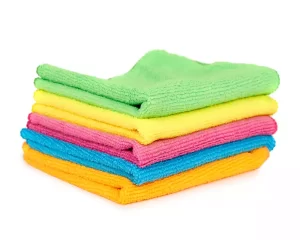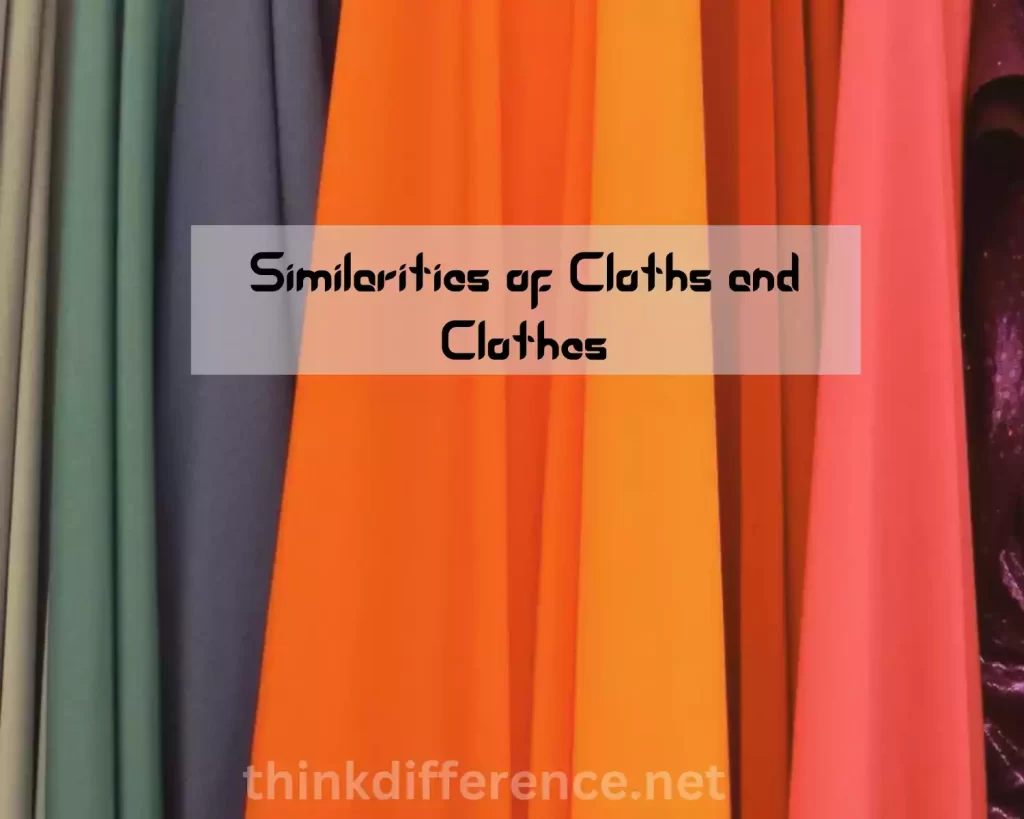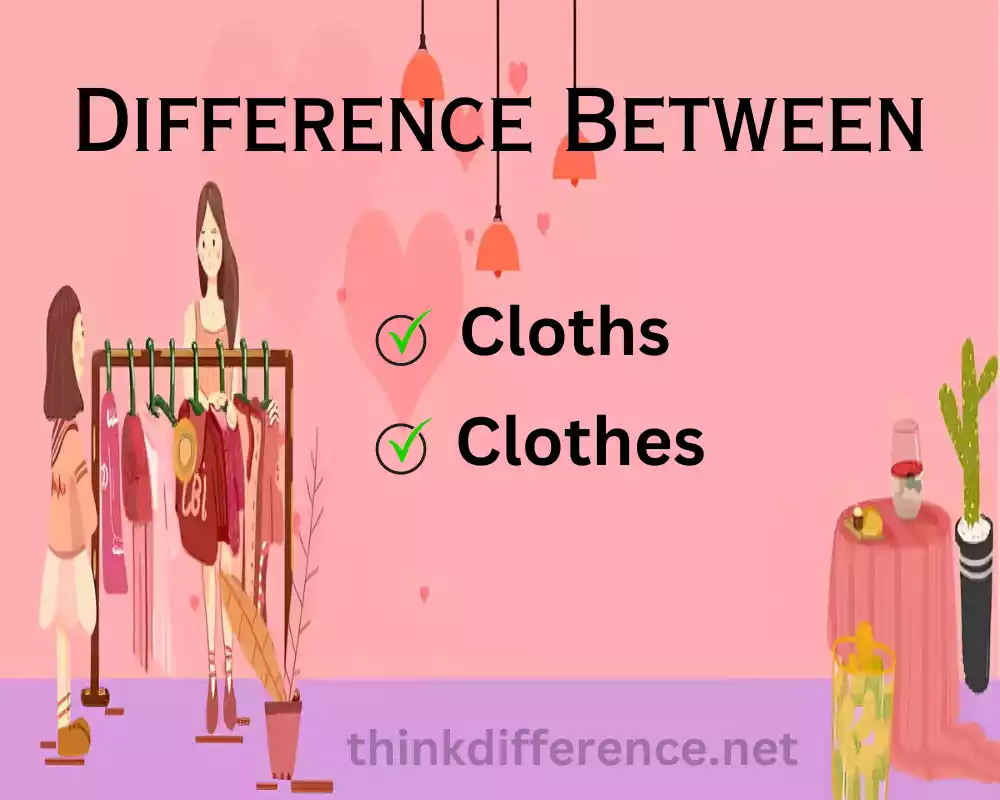History of Cloths and Clothes
Clothing has developed along with humanity for millennia. Here’s a brief glimpse of this history:
Early Origins:
- Prehistoric Period: Clothing dates back to prehistoric periods when humans used animal skins and hair as protection from environmental elements.
- Development of Textile Techniques: Humans have continuously developed new textile techniques throughout history, such as weaving fabric or spinning fibers into yarn.
Ancient Civilizations:
- Mesopotamia & Egypt: Mesopotamia (modern day Iraq), and Egypt were critical in the production of clothing and fabric production, particularly linen weaving by Egyptians using flax, one of humanity’s first fabrics known to man, which they made. Both cultures developed sophisticated weaving skills as well as longstanding traditions associated with clothing production.
- Indus Valley Civilization: In modern-day Pakistan and northwestern India, the Indus valley civilization had an advanced textile industry producing cotton fabrics with dyed or printed patterns. Archaeological excavations have revealed evidence of textile production including dyed and pattern fabrics produced during that era.
Classical Period:
- Ancient Greece and Rome: Ancient Greece and Rome both placed great value on clothing as an expression of identity and status; wool, linen and silk fabrics were popular choices used during these civilizations’ history; silk trade was even expanded from China into Europe due to Roman influence – marking one of the major milestones in textile production history.
Medieval and Renaissance Period:
- Medieval Europe: Textile production saw tremendous expansion during medieval Europe thanks to guilds and textile centers, with wool being used primarily as clothing fiber while silk and linen were also very popular choices for clothing materials.
- Renaissance: During this era of advancement in textile technology and weaving techniques, advances were made that led to increased fabric availability as well as clothing styles.
Industrial Revolution:
Textile Industry Revolution: During the Industrial Revolution of the 18th and early 19th centuries, clothing production underwent dramatic change. Thanks to machines such as spinning jennys, power looms, and other textile machinery revolutionization efforts; mass clothing production increased immensely as did access to it.
Modern Era:
- Technological Advancements: The 20th century witnessed advancements in textile technology with synthetic fibers such as polyester and nylon being introduced as viable options for durability, flexibility and maintenance. These developments opened up numerous new opportunities.
- Fashion Industry and Globalization: Fashion has emerged as a powerful global force, shaping trends and producing mass amounts of clothing. Globalization has enabled production and distribution on an international scale; fast fashion and ready-to-wear has also grown increasingly popular over time.
Clothes have always played an essential role in human history, not only providing practical protection but also serving to reflect cultural, social and individual identities. Over time they have evolved alongside technology advances, trade routes and cultural exchanges leading to today’s diverse textiles and apparels.
Definition of Cloths
Cloths is a flexible fabric produced through knitting, weaving or felting together fibers to form fabric. Cloth falls under textiles’ broad definition because its production uses various types of materials – typically synthetic and natural fibers spun into threads before being woven together to form fabric. Cloth characteristics may depend on its fiber type as well as knitting or weaving technique and any additional treatments applied during production; uses may include clothing items for clothing wearers as well as home furnishings/upholstery upholstery projects or craft projects.
Definition of Clothes
Clothing or garments is any item worn for practical, cultural, aesthetic and social reasons by an individual to protect, modesty or enhance themselves and others in society. Clothing may serve various functions including protection, modesty or ornamentation purposes and should fit an individual well. Clothes can be constructed out of various fabrics. When unprocessed or in their raw state, textiles are known as clothing; once cut and sewn into garments they become garments called clothing – including tops, bottoms and dresses.
Clothes play an indispensable part in society; they reflect cultural norms, social roles and individual identities as well as providing symbolic, psychological and sociological meaning to its wearers. Clothes provide more than practical functions; they play a crucial part of everyday life as social markers and personal identities are revealed through clothing worn.
Importance of understanding the difference Cloths and Clothes
There are various reasons for it being important to difference Cloths and Clothes:
- Clarity in Communication: Understanding the differences in terms is integral for clear and effective communication. Referring to fabrics and textiles in their raw state as “clothes”, and using this term when discussing clothing specifically helps convey what was intended. When talking about wearable garments using “clothes” rather than textiles keeps your focus centered around wearability rather than fabric composition or construction.
- Understanding the Textile Industry: This industry encompasses garment production as well as raw fabric manufacture. Being informed can help guide you in understanding this complex industry’s processes and offerings more successfully.
- Fashion and Design: In fashion design and fashion, distinguishing clothes from cloths can be tricky business. Fashion designers must possess an in-depth knowledge of fabrics’ properties in order to make informed choices when creating garments – this knowledge impacts fabric selection, drape, tailoring techniques as well as overall design aesthetics.
- Consumer Awareness: Understanding the difference between clothes and fabric allows consumers to make better purchasing decisions when selecting garments by taking into consideration fabric durability, comfort, maintenance needs and upkeep requirements. Knowing about fabrics allows shoppers to select clothing which matches their specific needs, values and preferences.
- Personal Projects: DIYers, crafters and those who sew can use their knowledge of fabric to select the appropriate fabric for their personal projects. Understanding different kinds of fabric used for home decor items or custom clothing items is crucial in order to guarantee its success.
Understanding the difference between clothes and cloths facilitates effective communication, helps textile professionals, empowers consumers and enables them to make more informed decisions. Understanding their significance increases our awareness about fabrics and garments that surround us every day.
Cloths

Cloths is a flexible fabric created through knitting, weaving or felting together fibers to form fabric. Textile production encompasses an assortment of materials used in its creation – cloth production typically uses synthetic or natural fibers spun into threads before being woven together to form fabric – with characteristics determined by fiber type used, knitting or weaving technique applied, treatments applied or any additional finishes or treatments that might have been added later to finish it off.
Cloths can be categorized into two main types: Natural fabrics and Synthetic fabrics.
Natural fabrics: Natural fabrics, made of fibers found in nature, include.
- Cotton: Cotton as soft yet breathable fabric with many uses and potential uses.
- Silk: Silk is an elegant fabric used in high-end apparel.
- Wool: Wool provides warm insulation that comes from sheep or goats’ fur coats.
- Linen: Linen fabric is lightweight and absorbent; known for its crisp texture.
Synthetic fabrics: Synthetic fabrics are created from fibers produced through chemical processes. Examples of such synthetic fabrics are:
- Polyester: Polyester fibers are durable, wrinkle-proof materials widely utilized for clothing and home furnishing applications.
- Nylon: Nylon is an economical material commonly found in activewear and hosiery products, providing lightweight relief without restricting movement or breathability.
- Rayon: Rayon offers softness and breathability similar to natural fibres like silk or cotton while being highly comfortable against skin contact.
- Spandex: Spandex is an elastic fabric which can be blended with other fabrics for stretchiness.
Cloth can serve many different functions; clothing, home furnishings, craft projects and industrial applications all rely on fabric in one way or another. When selecting fabric based on purpose (cloth is perfect for these!), desired qualities (breathability or durability for instance), aesthetic preferences or individual taste – these factors will play a part.
Clothes

Clothing or garments refers to articles worn on a person for practical, cultural, social and aesthetic reasons. Clothes can be defined as anything worn directly over human tissue for practical, cultural social and aesthetic use. Clothes are created out of textiles/fabrics which in their raw state may also be known as clothing but when these fabrics have been transformed into wearable articles through cutting stitching and assembly processes they become garments which we call clothing.
Clothes serve several functions, including:
- Protection: Clothing provides protection from environmental elements like wind, heat, and sun exposure. Clothes act as an umbrella between our bodies and any potentially dangerous or uncomfortable external influences that could pose any threats or discomforts to us.
- Modesty, Social Norms and Clothes: Clothes can play an essential part in upholding modesty as they cover various parts of a person according to social and cultural standards. Clothing also plays a pivotal role in communicating various societal, religious or cultural values through expression through fashion.
- Adornment and Self-Expression: Clothes can be an expressive form of self-expression and style statement. By choosing colors, patterns, designs and styles that suit them best and showing their personal creativity or individuality through clothing is one way that people express themselves and display their individuality and creativity.
- Identity and Role Expression: Clothes can serve as a reflection of identity and role expression, helping individuals express both social and personal identities as well as status or group affiliations through clothing choices. Clothes also help convey personal values and preferences while also contributing to visual imagery of an individual.
- Psychological Impact: Clothing has an immense psychological effect, including their influence on mood, self-confidence and general happiness. Clothing which makes an individual feel stylish yet professional or makes their interactions with other people better can have positive ripple effects that lead to improved interactions amongst human beings.
Clothing industry encompasses the production and distribution of various forms of apparel that fits different styles, sizes and purposes. Clothes come in the form of dresses, tops, bottoms and outerwear as well as shoes, hats and jewelry – clothing is an integral component of society as it represents culture norms, social roles and individual identities.
Difference Between of Cloths and Clothes
The primary difference between “cloths” and “clothes” lies in their usage and context:
1. Definition and Usage:
- Cloths: Unprocessed textile materials such as natural or synthetic fabric that make up clothing. Cloths form the basis of clothing.
- Clothes: Clothes are worn for aesthetic, practical, social or cultural reasons by humans and are classified as garments if made out of material through cutting, stitching and assembly processes to form wearable items.
2. State of Material:
- Cloths: Cloth refers to fabric or textiles in their raw, unprocessed state before it has been turned into clothing items like shirts, pants or dresses.
- Clothes: Clothes refers to fabric that has been sewn together into wearable garments such as shirts pants and dresses for wear ability and wearable use.
3. Purpose and Function:
- Cloths: Cloth is an all-purpose material commonly used for clothing production. It also can be utilized in home furnishings, crafts and industrial applications.
- Clothes: Clothes serve a multitude of functions on our bodies including protection, modesty and self-expression.
4. Manufacturing Process:
- Cloths: manufacturing encompasses processes like spinning fibers into yarn, knitting or weaving those yarns into fabrics and possibly applying additional treatments or finishing.
- Clothes: Cloth production can include numerous additional processes beyond weaving fabric into garments, such as creating patterns for cutting patterns and sewing pieces together with fasteners and embellishments added later.
Cloths is the unprocessed material used in creating fabrics. Clothes, on the other hand, refers to garments made by cutting, stitching and assembling these fabrics into finished garments for personal and aesthetic use. Cloth provides both functionality and style benefits when made into clothing garments.
Similarities of Cloths and Clothes
Cloths and clothes share many similarities; both products of textile production. Cloths and clothing share many characteristics in common.

- Material Sources for Clothes and Clothing: Clothes are constructed of various types of fibers such as cotton, wool, silk and linen as well as synthetic ones like nylon polyester acrylic (NPEA) to form both raw fabric and finished garments.
- Cloths and clothing are produced through similar activities: spinning fibers into yarn, weaving or knitting it into fabric, then cutting fabric into pattern pieces before sewing the garment together or assemblizing pieces together with thread or sewing machines. Both require knowledge of textile production techniques such as dying, printing and finishing processes to be successful.
- Clothes and clothing both serve a practical purpose: Cloth is used as the material base for clothing production; depending on its fiber and fabric composition it may exhibit characteristics like strength, durability or softness that provide protection for human bodies while providing comfort and warmth to wearers. Clothes cover their bodies to provide warmth, comfort and protection to wearers.
- Fashion and Style: Clothing and fashion go hand in hand; fashion designers, manufacturers and consumers rely on cloth’s availability and versatility to craft fashionable yet appealing clothing items that represent individuality, culture and creativity. Cloth can help express an individual’s own individuality through fashion designers’ collections of stylish clothing pieces; textile manufacturers provide raw fabric material while consumers use clothing’s design versatility as the foundation of their style choices.
- Economic Importance: Cloth and clothing production has serious economic repercussions. Textile production – which involves creating clothing – is an international industry which supports trade, provides employment and helps nations. Clothing retail is also an integral component of national economies; and textile manufacturers produce billions of garments every year which drive consumer spending habits and generate significant revenues for manufacturers and retailers.
Cloths and clothing both serve distinct functions within textile ecosystems; yet both depend upon one another for success. Cloths serve as basic material for apparel production while clothing uses many cloth pieces combined together into functional, stylish garments with cultural significance.
Conclusion
Cloths and Clothes are more than mere fabric and garments. They represent our identity, culture, and values. Understanding the diverse world of fabrics and clothing empowers individuals to make conscious choices that align with their personal preferences and environmental concerns. By embracing sustainable practices and appreciating the rich history of clothing, we can create a more conscious and stylish future.



